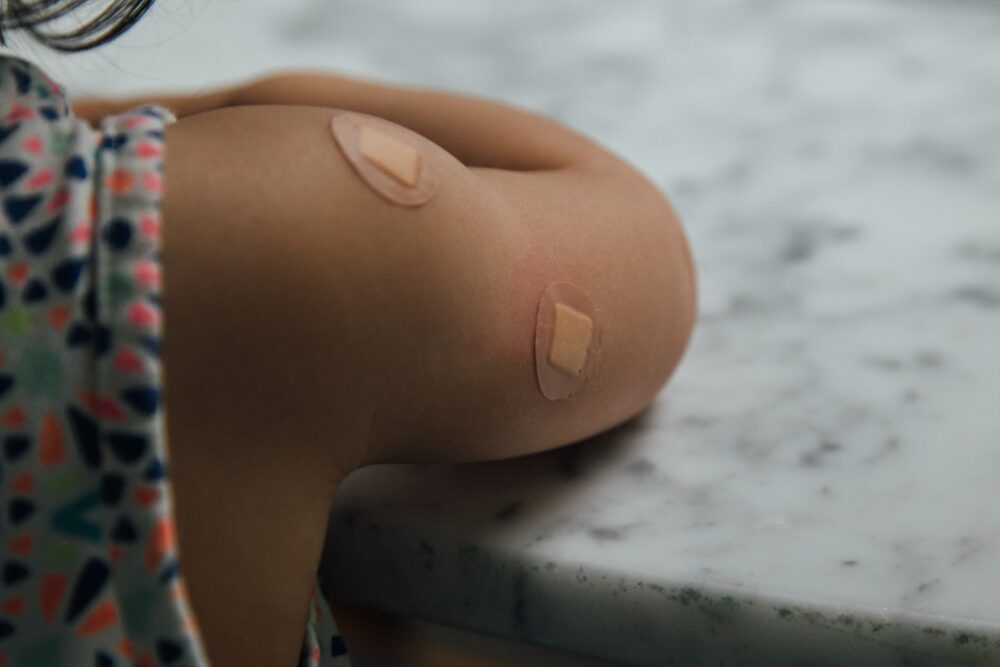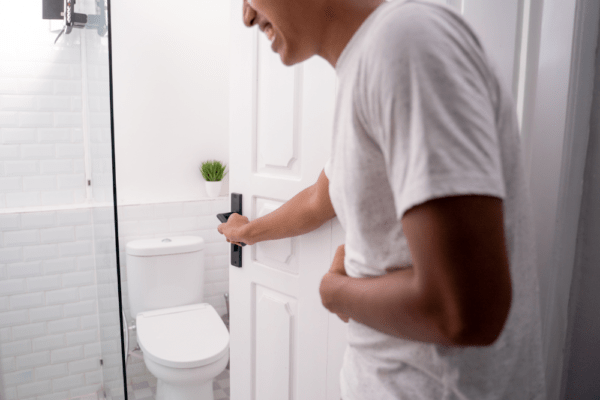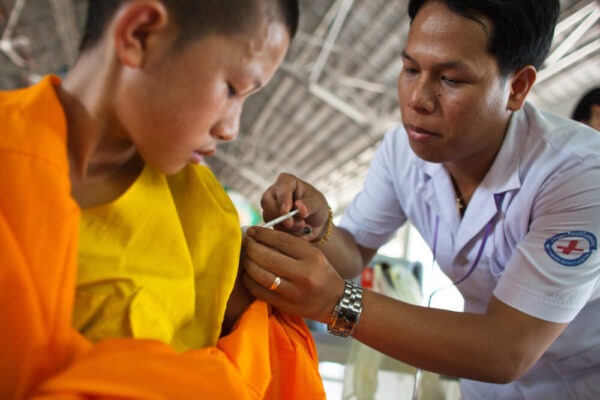Polio, also known as poliomyelitis and infantile paralysis, is a highly infectious disease that can lead to paralysis, difficulty breathing and sometimes death. Caused by poliovirus, polio mainly affects children under 5 years of age.
Polio can occur with or without symptoms, with many people who are infected with the poliovirus don’t become sick and show no symptoms. However, those who do get poliovirus, develop paralysis which can be fatal.
Polio is transmitted through contaminated water or food or contact with an infected person. In about 0.5 per cent of cases, it moves from the gut to affect the central nervous system and there is muscle weakness resulting in flaccid paralysis. This can occur over a few hours to a few days.
Today, due to the global polio eradication initiative in 1988, almost all regions of the world are polio free, which includes the Americas, Europe, Western Pacific, and Southeast Asia. But polio is still persistent in Afghanistan, Pakistan, and Nigeria.
Symptoms of Polio
About 95 per cent of all polio cases are asymptomatic, which means most people who are infected with polioviruses do not display any symptoms or become noticeably sick. This is known as subclinical polio. People who do show symptoms can be placed in one of two groups; non-paralytic polio (minor) and paralytic polio (major).
Non-paralytic Polio Symptoms
Non-paralytic polio, also called abortive poliomyelitis leads to the same mild, flu-like signs and symptoms typical of other viral illnesses. Lasting for a few days or weeks, non-paralytic polio symptoms include:
- Fever
- Sore throat
- Headache
- Vomiting
- Fatigue
- Back pain or stiffness
- Pain or stiffness in the arms or legs
- Muscle weakness or tenderness
Paralytic Polio Symptoms
Paralytic polio is the most serious form of the disease. Paralytic polio about 1 per cent of people. Paralytic polio leads to paralysis in the spinal cord (spinal polio), brainstem (bulbar polio), or even both (bulbospinal polio). Initial symptoms mimic nonparalytic polio. But after a week, the severity of symptoms increases. These include:
- Loss of reflexes
- Severe muscle pain and spasms
- Loose and floppy limbs (flaccid paralysis)
- Sudden paralysis, temporary or permanent
- Deformed limbs, especially the hips, ankles, and feet
Post-Polio Syndrome
Post-polio syndrome is a cluster of disabling symptoms that affect some people years after having polio.
Signs and symptoms of post-polio syndrome (PPS) include:
- Progressive muscle or joint weakness and pain
- Fatigue
- Muscle atrophy or shrinkage
- Breathing or difficulty swallowing
- Sleep-related problems like apnea
- Low tolerance to cold temperatures
- Weakness in previously uninvolved muscles
How Does Polio Spread?
Polio spreads by person-to-person contact. The virus lives in the throat and in the intestines and is spread through contact with infected feces. In areas with poor sanitation, the virus easily transmits from feces into the water supply, or, by touch, into food.
The poliovirus stays in the intestines, before spreading to other areas of the body. Eventually, the virus moves into the bloodstream where it can spread to the entire body.
According to the Mayo Clinic, the virus is so contagious that anyone living with someone who has the virus can catch it too. Individuals who carry the poliovirus can spread it for weeks, even if they have shown no symptoms themselves.
How is Polio Diagnosed?
Polio is usually diagnosed by looking at the symptoms, as well as through family history examination. The doctor might look for symptoms such as neck and back stiffness, abnormal reflexes, and difficulty swallowing and breathing.
A definitive diagnosis is done by cultivating sample of throat secretions, stool or a colourless fluid that surrounds your brain and spinal cord (cerebrospinal fluid) to check for poliovirus.
What is the Treatment for Polio?
Since there is no cure for polio, the focus is more on early diagnosis and supportive treatments such as bed rest, pain control, good nutrition, and physical therapy to prevent deformities from occurring over time.
Common supportive treatments include:
- Bed rest
- Painkillers
- Antispasmodic drugs to relax muscles
- Antibiotics for UTIs
- Physical therapy or corrective braces to help with walking
- Warm towels or heating pads to bring relief to muscle aches and spasms
The best way to prevent polio is with proper vaccinations.
Vaccinations
While there is no treatment for polio, it is possible to prevent polio by stimulating your immune system with vaccination. The two available vaccines for polio are inactivated poliovirus (IPV) and oral polio vaccine (OPV).
Inactivated poliovirus vaccine consists of injections that are given to babies 2 months after birth and continue until the child is 4 to 6 years old.
Oral polio vaccine, created from a weakened form of poliovirus is cost-effective, easy to administer, and gives an excellent level of immunity.


